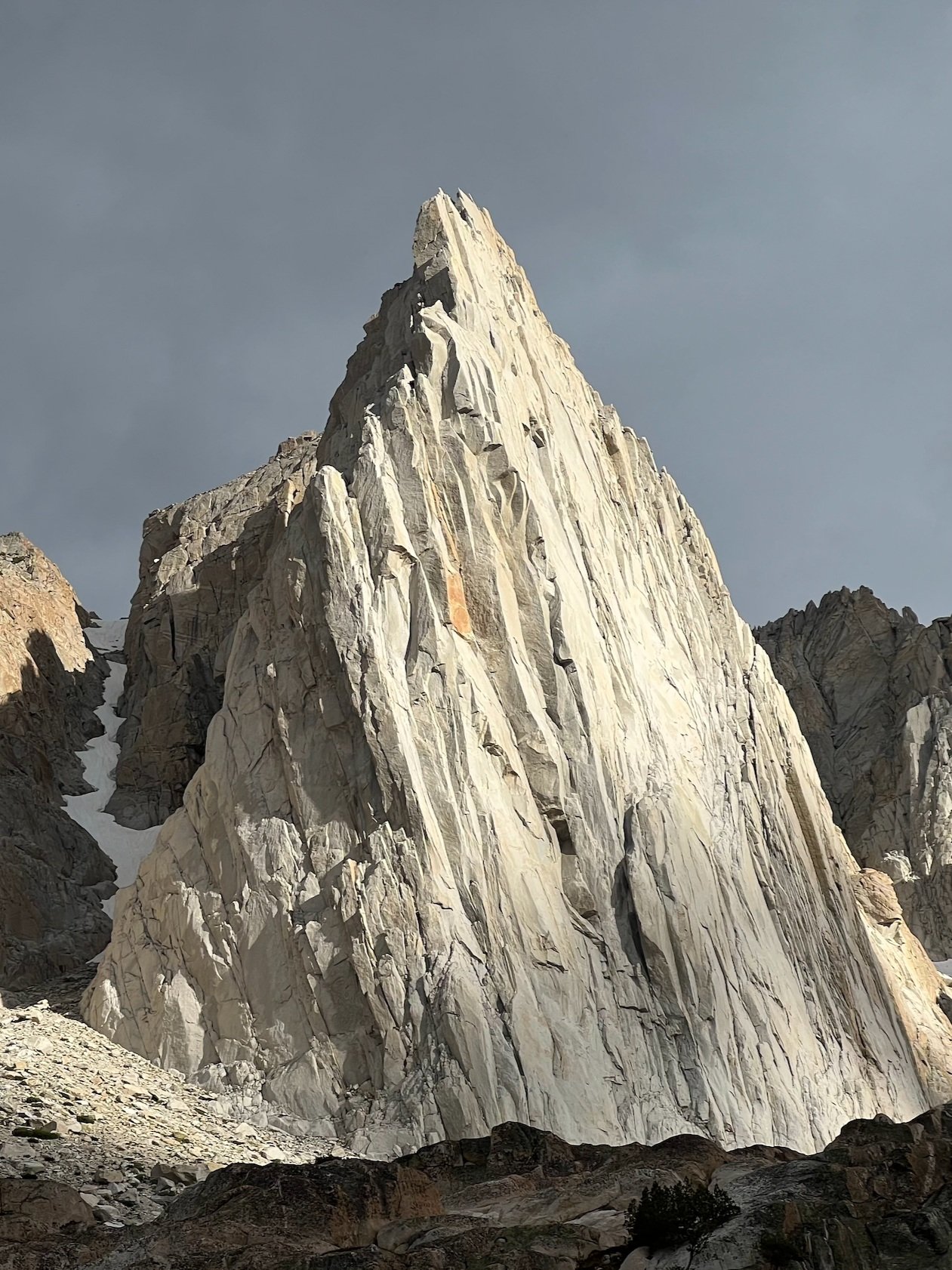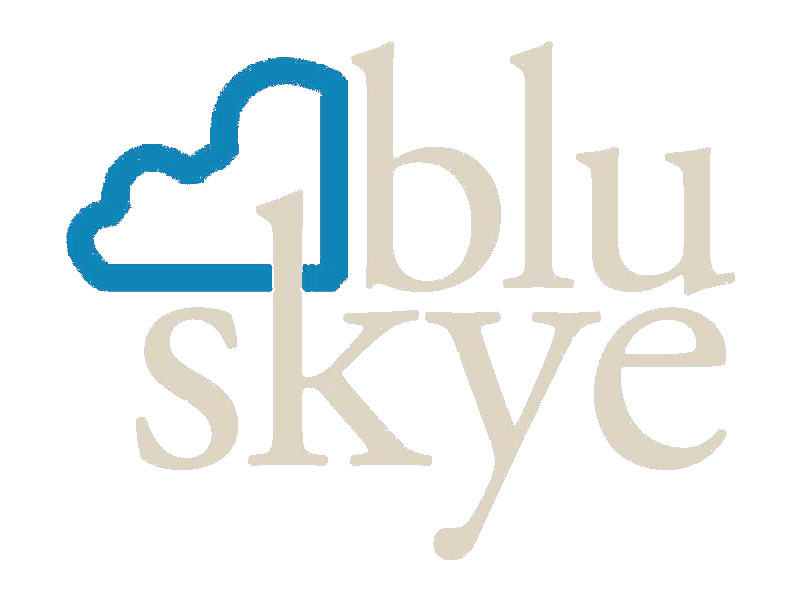
I received this note from Mary Noel, one of Blu Skye’s star consultants, the youngest member of our team, educated as an environmental scientist, who recently went on one of our annual Confluence expeditions down the Tuolumne River:
“Having just entered a new decade of my life, I’ve been contemplating what it means for me to have a “well lived life” through the principles of regeneration.
To me, a benefit of spending time fully immersed in nature, completely off grid is the automatic forcing power to contemplate the relationship between the human-built environment and nature. And nature is regenerative at its core.
My recent nature immersion was rafting for two days down a designated Wild and Scenic River in California. Gazing up the steep riverbanks – the south side dry and sparsely dotted with ancient Valley Oaks, the north evergreen with Grey Pine, both trees endemic to the state – the following principle of regeneration materialized…
There’s a fundamental disconnect of time scales between human society and nature. Our businesses, governments, and even personal lives are often motivated around short-term goals: stock numbers at every closing bell, trending social media content, quarterly financial reports, election cycles. As President Obama aptly stated at the 2024 Democratic National Convention, “we live in a culture that puts a premium on things that don’t last — money, fame, status, likes.”
How long has the river cut landscape existed as a tapestry of north- and south-side vegetation and their co-dependent wildlife?
This growing misalignment of timescales concerns me. How can we truly be a regenerative company or world if we assess progress myopically? Society's preoccupation with short-term gains is at odds with the long-term cycles of nature. This behavior is hindering our ability to create regenerative systems. Imagine, the insignificance of pitching a corporate team’s five-year “long-range” plan while standing in a grove of thousand-year-old redwoods. It’s a worthy exercise to consider.
To truly thrive, we need to adopt a mindset that values longevity and the alignment of nature’s cycles. We must zoom out.
What about the coral reef ecosystems? The monarch’s cross-hemisphere migration? Were those lives, regenerative systems, considered in the decision made from a stack of briefs and a 90-minute board meeting?”
——
I’ve known Mary since she was a kid. Over the years she has grown into a kind, hard-working, successful, powerful young adult contributing to the world. I’m pleased to observe and be a small part of her growth and evolution as a human being.
As I was reading her note, an email arrived from my buddy Timmy O’Neill. Timmy is an adventure capitalist, nature ambassador, and one of the world’s most accomplished rock climbers. He just returned from his 10th trip in 2024 up the granite spire in the photo above called The Hulk:
“I went for another walk in the alpine on Tuesday for a 10th lap up my ancient friend, the Incredible Hulk.
The beauty and awe seem infinite and the awakening is that I am not.
In this short, bittersweet life, the real skill isn't just having the epiphany but more applying it on the forward path.
Here's to the onward application of awesome beauty.”
——
These two letters led me to the bookshelf to find a quote from my mentor Arne Naess. He was a Norwegian mountaineer, renowned academic philosopher, and godfather of Deep Ecology, a practical philosophy promoting the inherent worth of all living beings regardless of their instrumental utility to human needs. In this imaginary dialog with an interviewer NN, he’s explaining why he’s an optimist about the future:
“NN: Are you an optimist or a pessimist?
A(rne)N: Optimist!
NN: [Astonished] Really?
AN: Yes, convinced optimist—When it comes to the 22nd Century.
NN: You mean of course the 21st?
AN: 22nd! The life of the grandchildren of our grandchildren. Are you not interested in the world of your grandchildren!
NN: You mean we can relax because we have a lot of time available to overcome the ecological crisis?
AN: How terrible, shamefully bad conditions will be in the 21st Century, or how far down we have to start on the way up, DEPENDS ON WHAT YOU, YOU, and others do today and tomorrow. There is not a single day to be lost. We need activism on high level immediately.
The answer that I am an optimist is a reaction against the so-called doomsday prophets, people who talk as if they mean nothing can be done to get things straight.”
——
A personal relationship to time – deep time inspired by nature – informs each of these insights into how to live today. Mary experiences the insignificance of a five-year business plan relative to the miracle of a thousand-year-old redwood tree because of her time on the river. Timmy’s passion for life, dedication to service, and appreciation for his finite existence is gleaned from a long entanglement and intimacy with rock towers formed millions of years ago. Arne’s environmental activism is inspired by building a beautiful world for his grandchildren’s grandchildren.
The stories we tell ourselves matter. They inform our actions, concerns, and moods. They propel our energy and creativity. They spring from experience and are powerful when we’re emotionally touched by the original experience. I’ve spent more than 5 years’ worth of nights camping on the banks of wilderness rivers the world over being serenaded by the sound of running water, enduring the heat of scorching basalt on a summer’s afternoon, shivering through frigid cold on snowy mornings, being awed by grizzly bears, bald eagles, and crocodiles, wandering through camps lit up by full moons, and crawling down night trails blackened by a new moon and a flashlight without batteries. These experiences in nature experiencing creatures and places that weren’t part of a five-year business planning cycle have shaped me and my relationship to life and possibility for how to live in ways I’m just beginning to appreciate.
When a life story begins to embody these sorts of time horizons gleaned from time in nature the relationship to a life well-lived evolves. It’s easier – and might even be necessary – to work on behalf of regeneration, beauty, and harmony. There’s a through-line and an ease of acting with people together on the flourishing of Life knowing the river has been carving the Grand Canyon for a long time and will continue to do so for a long time to come.
